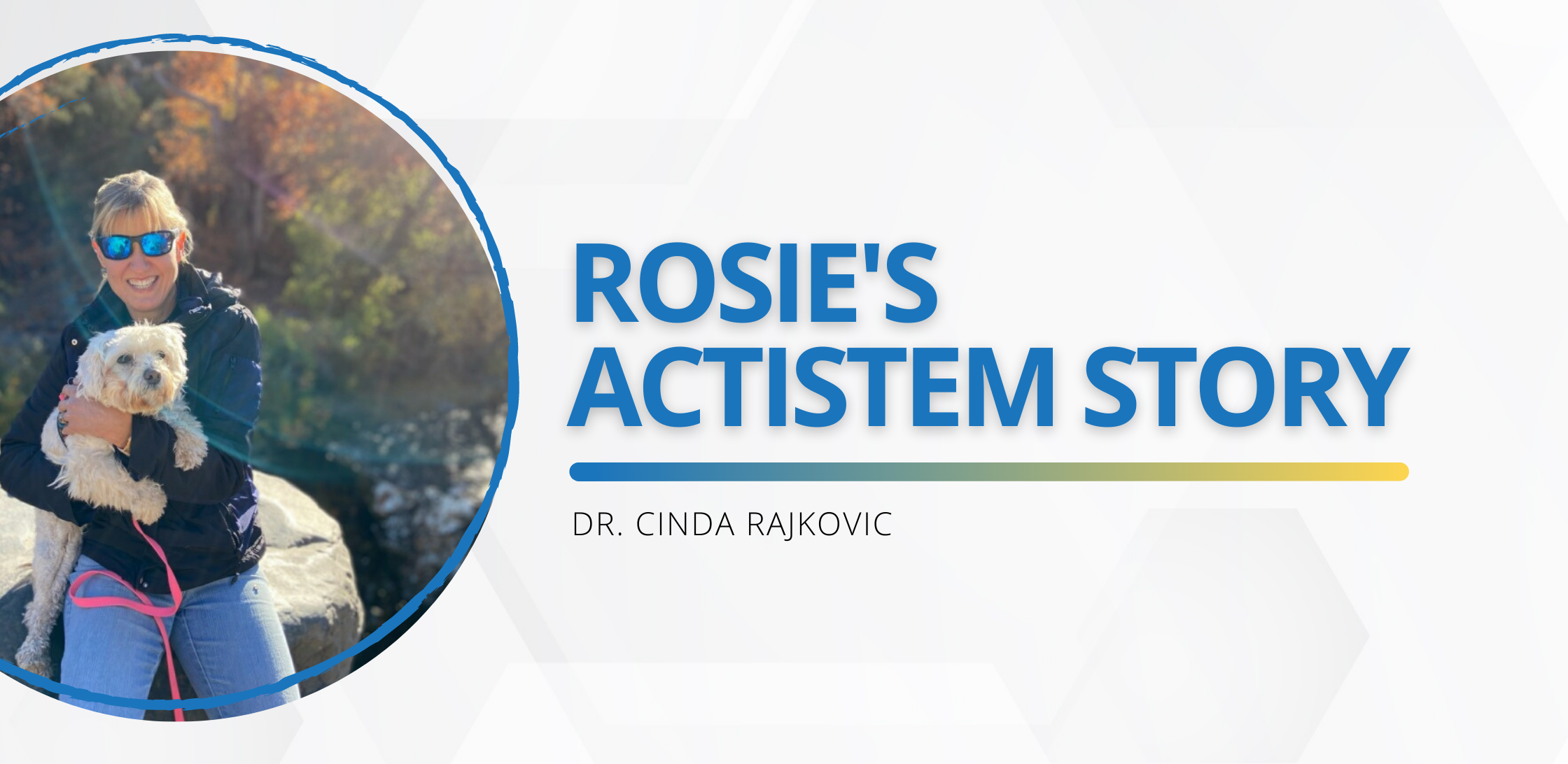
Rosie, a 1.5 year old Cockapoo female spayed, was presented to me on July 19, 2016. The owner said she had been ill since the previous Thursday when her feces changed. The owner had Decon rat poison traps but did not think she got into them. She also had a 65 pound Labrador that Rosie interacts with. She runs and jumps a lot but she has progressively lost the use of her hind legs the last 3 days. The owner works all the time and does not know what happened to her. The Jerome Humane Society brought Rosie in with the owner today as she was not planning on having Rosie seen until Thursday when their vet is in town. On physical exam, Rosie had dark tar like stool. Her bladder was largely distended and difficult to express.
She was dehydrated and her lumbosacral area was covered in a large bruise that extended to her tail. She had back pain on palpation mid thorax and no withdrawal reflexes but deep pain was present in the hind legs. She had no voluntary or involuntary movement of the hind legs and could not urinate and also had a bladder infection from not being expressed for 3 days. Her anal tone was intact. Diagnostics were done with radiographs of her spine and blood work. She was treated for the possible Decon ingestion with Vitamin K and the spinal injury with Pain management, steroids IV, IV fluids, hospitalization, antibiotics for the UTI, GI protectants, muscle relaxer, K-laser of the spine twice weekly.
By 7/22/19 Rosie started having withdrawl reflexes in the hind legs and that is also the day she got her wheelchair. Jerome Humane Society took Rosie to her neurology consult on August 2, 2016 and she was given a 5% chance of recover and we were told she was not a candidate for surgery. Her diagnosis was probable disc rupture and severe T3-L3 myelopathy. A spinal cord transection was suspected. Physical therapy was advised and if there was no conscious motor function in 2 weeks, it was improbable that she would regain ambulation. Caring for a paraplegic was discussed and humane euthanasia. We took her home and continued physical therapy with the cold laser, acupuncture and swimming and she continued to improve. She went from paralyzed to the wheelchair, to dragging herself out of the chair and trying to stand on her own. In the last 3 years, she progressed to walking which was still ataxic, but she has not regained the ability to urinate on her own. She was not able to wag her tail or support herself on her hind legs either.
She has received 2 doses of stem cells now on July 2, 2019 and August 10, 2019. She is running, wagging her tail and can support herself on her hind legs. She has much more conscious control of her hind legs. She still is unable to urinate on her own and has to be expressed, but we will see what happens with that as time goes on.
Cinda Rajkovic DVM
